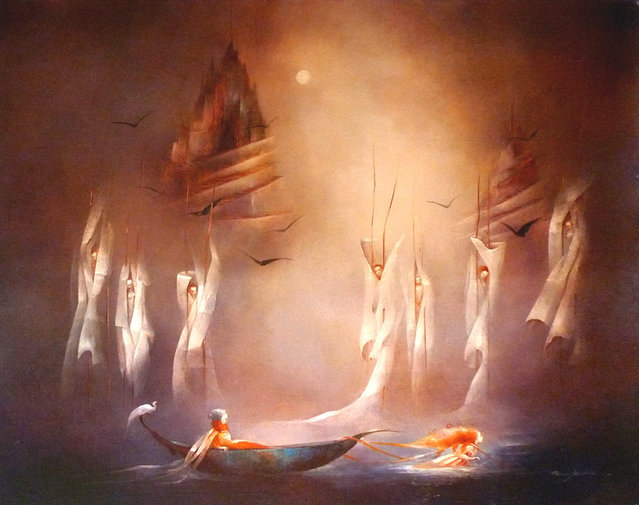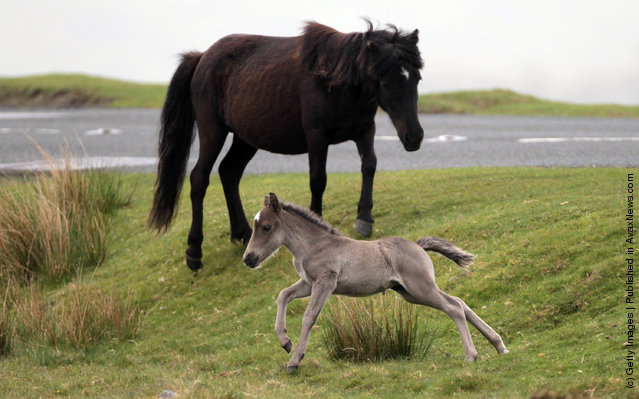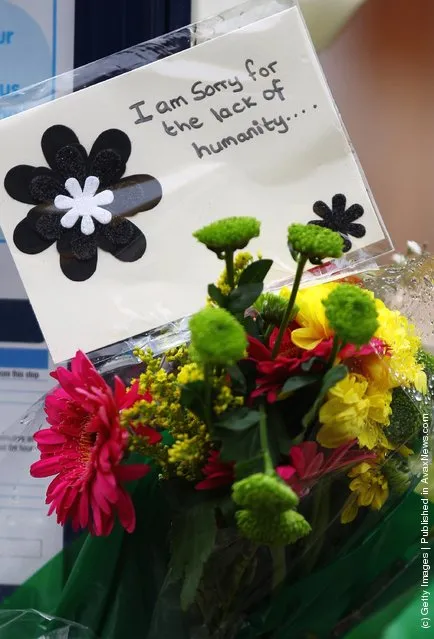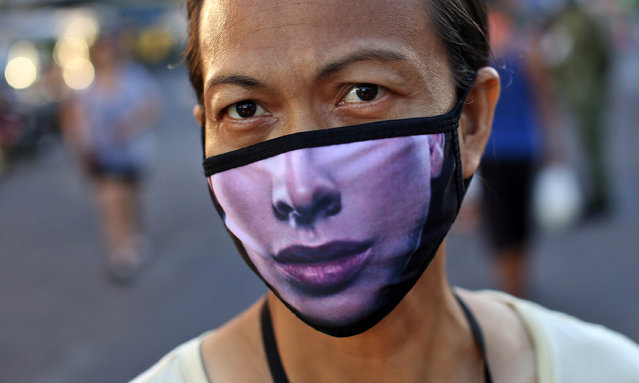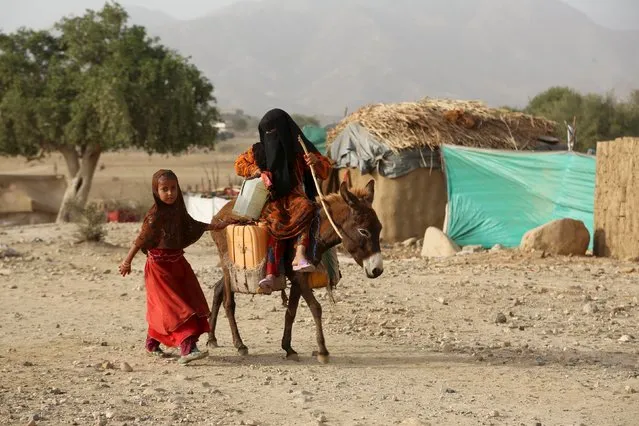
England football fans celebrate in Trafalgar Square as England score their second goal during extra time in the UEFA Euro womens championship final on July 31, 2022 in London, United Kingdom. England take on Germany in the final of The UEFA European Women's Championship, played at Wembley Stadium. (Photo by Chris J Ratcliffe/Getty Images)
01 Aug 2022 05:24:00,post received
0 comments

